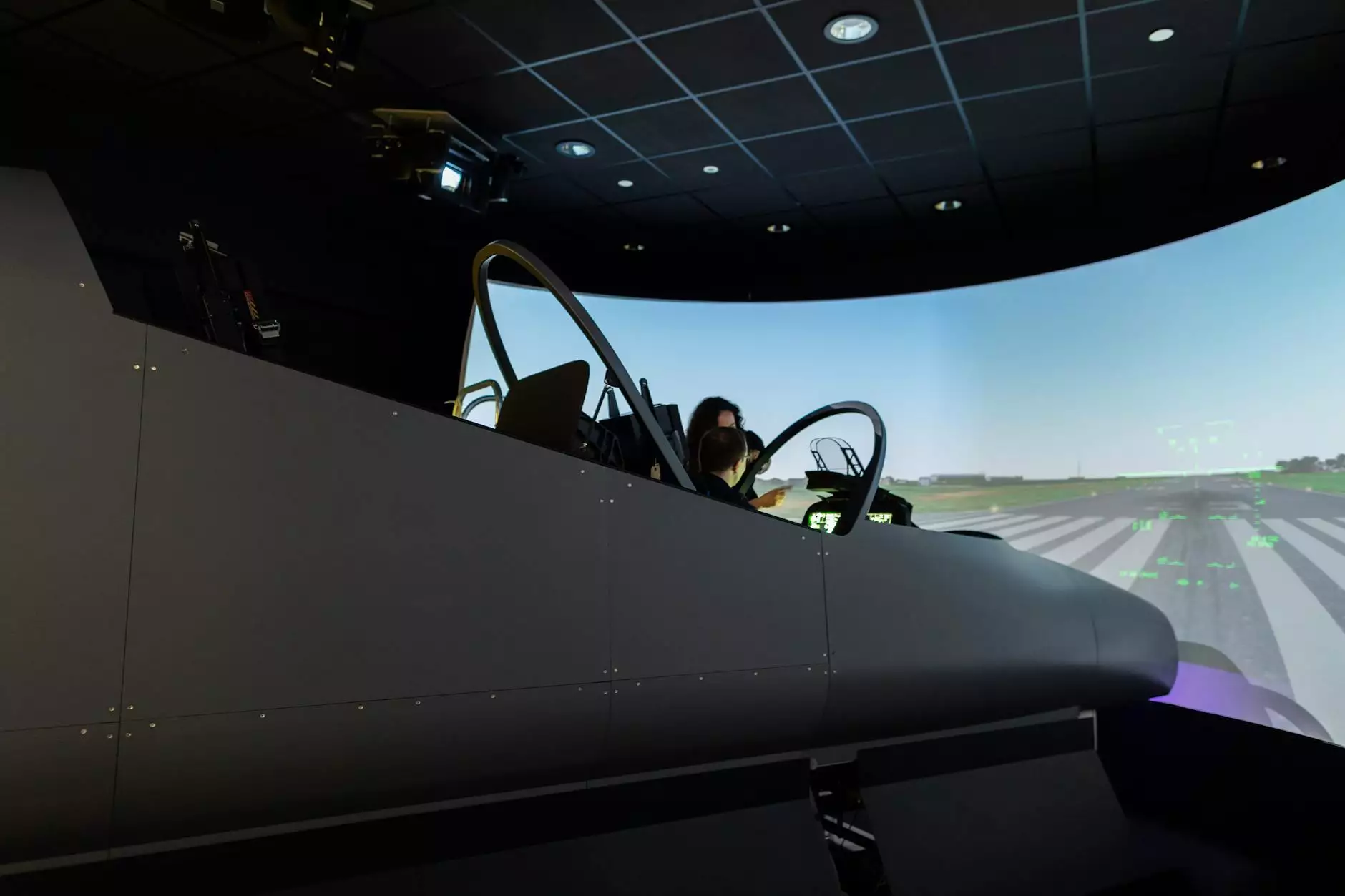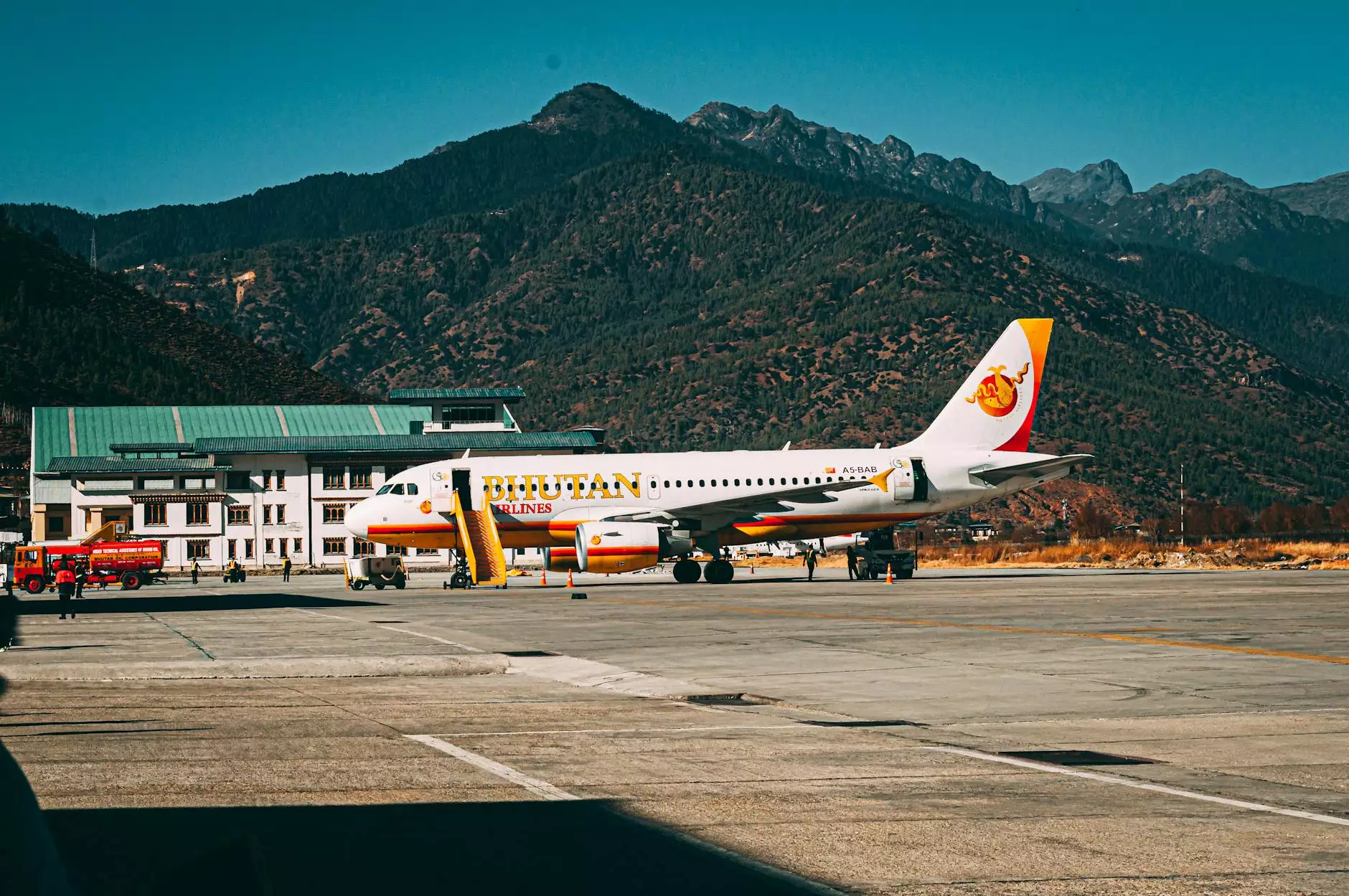NASA's Ames Research Center Wind Tunnels

Unveiling the Marvels of Aerodynamics
Welcome to a fascinating journey that takes you deep into the heart of NASA's Ames Research Center Wind Tunnels. Located in the San Francisco Bay Area, these wind tunnels have played a crucial role in advancing aeronautical research and revolutionizing space exploration.
The Legacy of Ames Research Center
Established in 1939, NASA's Ames Research Center has been at the forefront of aerospace innovation for over eight decades. The center's wind tunnels, in particular, have fueled groundbreaking discoveries and shaped the very fabric of modern aviation.
A Historical Retrospective
The wind tunnels at NASA's Ames Research Center have witnessed remarkable moments since their inception. From evaluating the aerodynamics of World War II fighter planes to testing the performance of space shuttles, these tunnels have continually pushed the boundaries of scientific understanding.
Innovation at its Core
Beneath the hum of the powerful wind machines, engineers and researchers at Ames push the envelope of aerodynamic understanding. The wind tunnels serve as a vital testing ground for aircraft, spacecraft, and even future hypersonic vehicles.
Exploring the Wind Tunnels
1. Subsonic Wind Tunnel
The Subsonic Wind Tunnel is an engineering marvel designed for testing aircraft and other vehicles at speeds below the speed of sound. With its massive 80-foot-long test section, this tunnel enables scientists to measure the forces acting on various models in simulated flight conditions.
2. Unitary Plan Wind Tunnel
The Unitary Plan Wind Tunnel stands as a testament to NASA's commitment to cutting-edge experimentation. It boasts a unique closed-loop design that allows for precise control of airflow. This tunnel has been instrumental in testing the aerodynamics of space capsules, reentry vehicles, and advanced aircraft.
3. National Full-Scale Aerodynamics Complex
The National Full-Scale Aerodynamics Complex at Ames Research Center houses the world's largest wind tunnel. This awe-inspiring facility stretches over 1,200 feet and can accommodate full-scale models, providing invaluable data for the development of next-generation aircraft.
Inspiring Future Generations
The impact of NASA's Ames Research Center Wind Tunnels extends beyond the realm of scientific and technological advancement. The ingenuity and passion displayed by the researchers at these facilities inspire young minds to pursue careers in STEM fields, igniting a spark of curiosity and exploration.
Experience the Wonders
Embark on a unique journey at La Historia Society's exhibition, where you can witness the magnificence of the NASA's Ames Research Center Wind Tunnels. Immerse yourself in the riveting anecdotes, remarkable artifacts, and interactive displays that bring this incredible chapter in aerospace history to life. Don't miss the opportunity to delve into the captivating world of aerodynamics and space exploration.
Conclusion
The wind tunnels at NASA's Ames Research Center are not just ordinary testing facilities; they are the birthplace of innovation and scientific advancement that have revolutionized our understanding of aeronautics and space exploration. Through the synergy of cutting-edge technology and brilliant minds, these tunnels have paved the way for safer, faster, and more efficient air and space travel. La Historia Society invites you to explore the intriguing realm of the wind tunnels and immerse yourself in the awe-inspiring history and groundbreaking achievements that continue to shape the future of flight.



